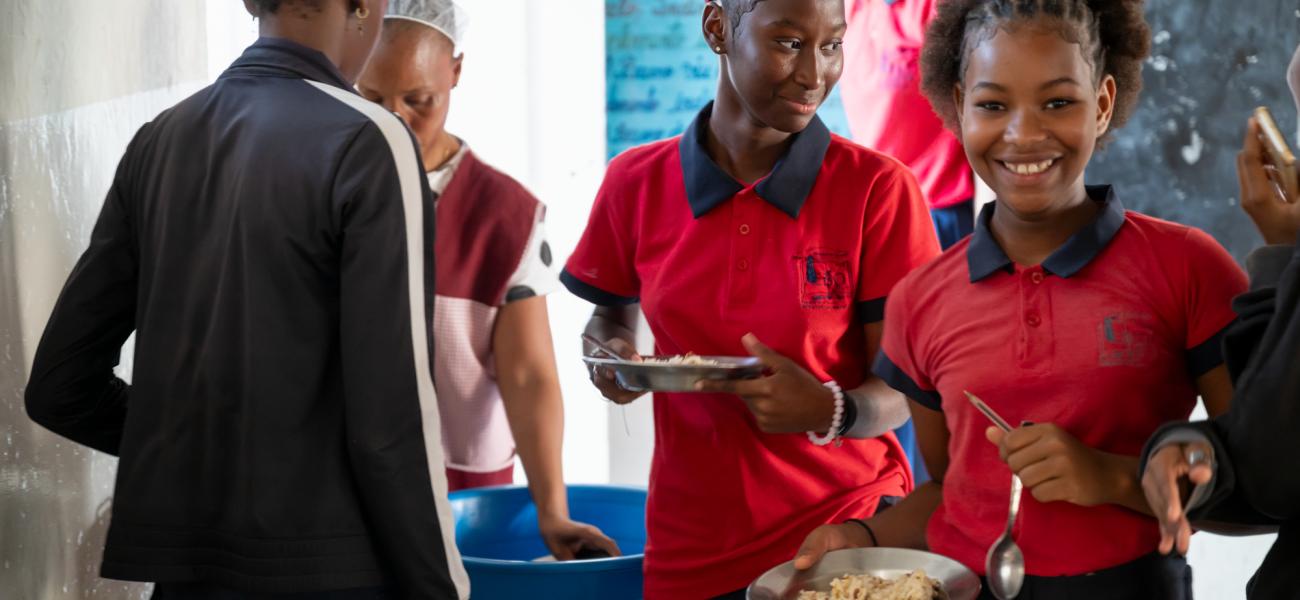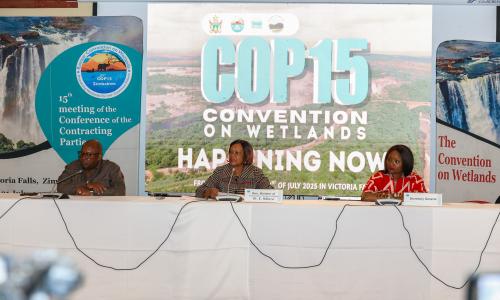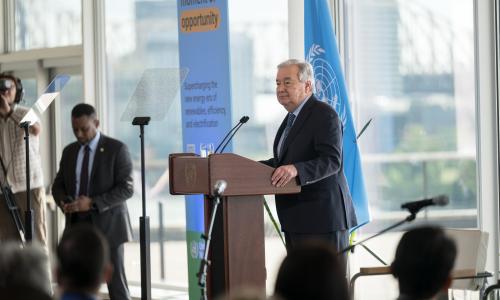In Ribeira da Barca, a coastal town on the island of Santiago in Cabo Verde, the ocean is more than a livelihood, it is the backbone of the community. In this town of small boats and strong ties, three residents, Serginho, Jorgeana, and Isalina, are using the ocean’s resources not only to earn a living but to serve others and shape a local economy rooted in solidarity.
They work in different ways: organizing school meals, preparing food for tourists, and selling fish to regional markets. But they are bound by a shared reality, the ocean sustains them, and in turn, they sustain their community.
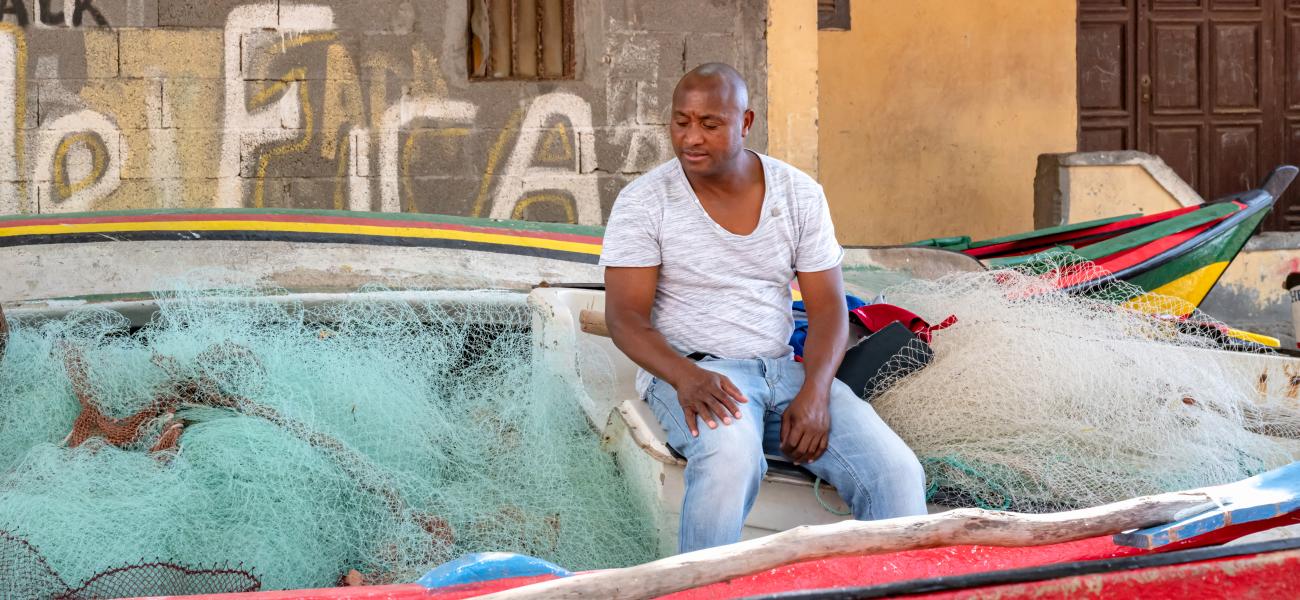
Serginho: Organizing to feed children and create jobs
In 2013, teachers at the Ribeira da Barca primary school raised concerns: children were struggling to focus in class due to hunger. In response, Serginho, a local parent, helped form the Association of Parents and Guardians to supply fish to the school canteen.
“We decided to go ahead with a project to collect fish,” said Serginho. “With the aim of putting a smile on the children's faces and making them pay more attention in class.”
Since then, the initiative has grown to benefit more than 300 schoolchildren, including those from nearby villages like Charco and Achada Leite. The fish is donated by local fishermen and delivered through community coordination.
“Even today they donated fish,” he added. “The balance is very positive.”
The vision doesn’t stop there. With a dedicated boat, which the UN in Cabo Verde is refurbishing, the association could collect fish more reliably and expand to other schools in the municipality.
“This boat will influence the diet of the entire population, directly employ 15 to 16 parents and guardians, and benefit more than 4,000 people in Ribeira da Barca,” Serginho said.
He also works as a field investigator for IMAR (Instituto do Mar), maintaining close ties with the fishing community, which helps keep the project afloat.
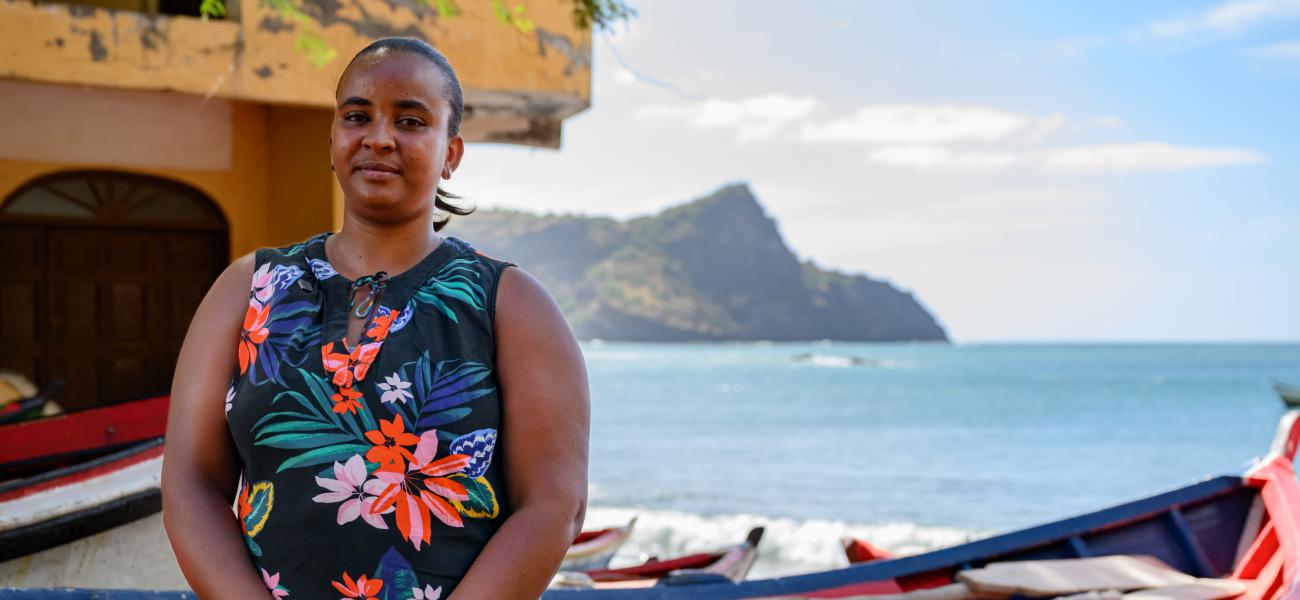
Jorgeana: Building a business from the sea to the stove
A few blocks from the school, Jorgeana Gomes de Pina, 27, is working at the intersection of fishing and tourism. Her husband takes visitors on boat trips, and she provides home-cooked meals made with freshly caught fish.
“He already had this boat excursion business,” she said. “As time went by, I started making food for the tourists as a way of overcoming unemployment.”
What started as a side hustle has become a vital part of their family income. Her work creates value from the local fish catch, turning it into an experience for guests and a sustainable livelihood for her household.
Although she completed high school, financial constraints kept her from continuing her studies. Now, she dreams of improving her skills.
“I’d like to train in languages and pastry so I can offer new things to my clients,” she said.
Her story reflects the growing connection between fisheries, food, and tourism in Cabo Verde, and how women are carving out entrepreneurial space within the blue economy.

Isalina: trading fish and preserving a family tradition
Isalina Monteiro Semedo, 43, is a fish vendor with deep local roots. Known as Isa, she began selling fish after health problems forced her to stop collecting sand in Charco.
“Since all my family members are involved in fishing, I started selling fish,” she explained.
She buys the day’s catch from local fishermen and resells it to traders in Assomada, a nearby town. While she only completed 4th grade, she sees her work as practical and sustaining.
“With only 4th grade I can do my job perfectly,” she said. “But to do other types of work, they usually ask for more schooling.”
Though not formally linked to the school meal project or tourism services, Isa plays an essential role in the local seafood value chain, ensuring that fish gets from the boats to households and regional markets.
One ocean, different roles
Serginho, Jorgeana, and Isalina operate in different parts of the local economy, community organizing, culinary services, and informal trade, but all depend on the same ecosystem. Their roles demonstrate the breadth of the blue economy in a small town like Ribeira da Barca.
- Serginho supports schoolchildren through organized fish donations.
- Jorgeana turns fish into meals for tourists, linking the ocean to hospitality.
- Isalina ensures that fish reaches wider markets and supports her family.
All three have built livelihoods tied to the ocean. And while their challenges vary, from limited equipment to lack of formal education, they are all contributing to a sustainable local economy grounded in what the ocean provides.
